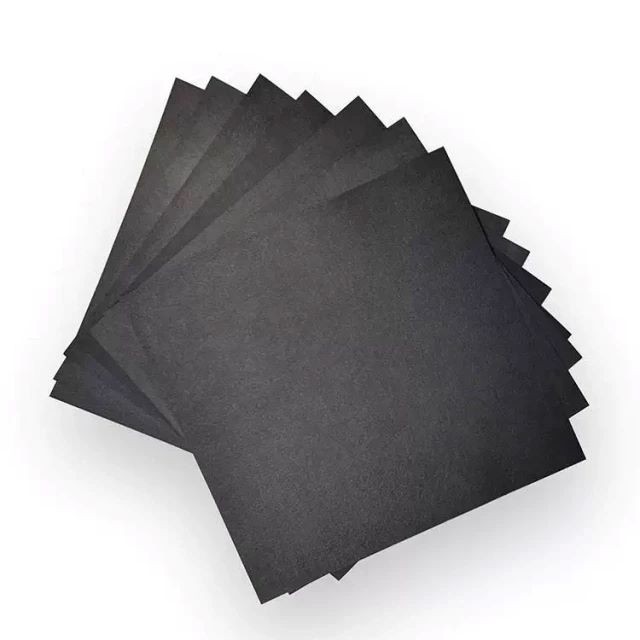
battery material
Hydrophilic Carbon Paper TGPH060 for Battery Lab Applications
Item Number : BC-16
Price varies based on specs and customizations
Shipping:
Contact us to get shipping details Enjoy On-time Dispatch Guarantee.
Why Choose Us
Reliable PartnerEasy ordering process, quality products, and dedicated support for your business success.
Application
Toray TGP-H-60 carbon paper has high mechanical strength, good air permeability and low electrical resistivity; enhancing its performance in specific applications. Its extremely low susceptibility to galvanic corrosion ensures its durability in relevant applications.
General application:
- Gas diffusion layer of hydrogen-oxygen fuel cell.
- Biofuel cells.
- Methanol fuel cell gas diffusion layer.
- Growth/deposition of supercapacitor material in liquid.
- Preparation of waterproof and breathable layer of air battery.
Detail & Parts
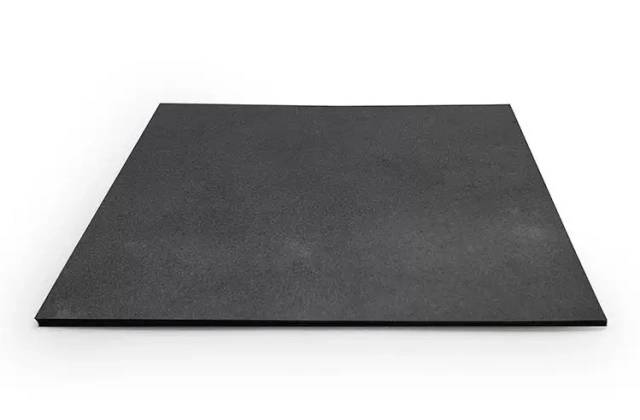
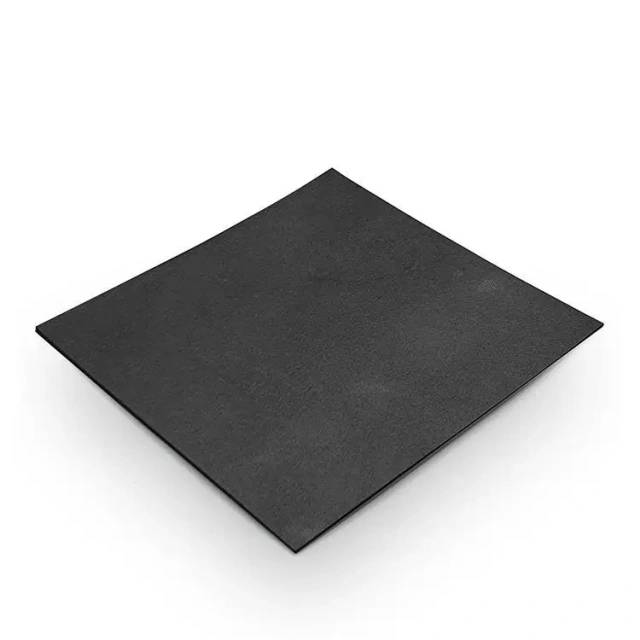
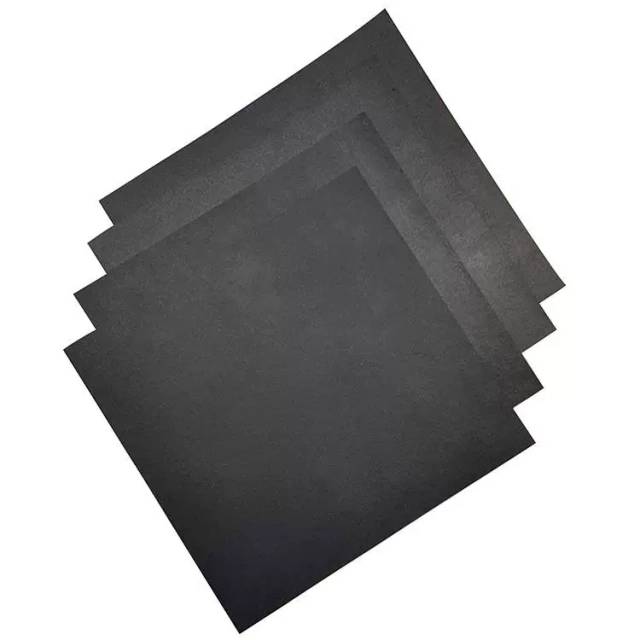
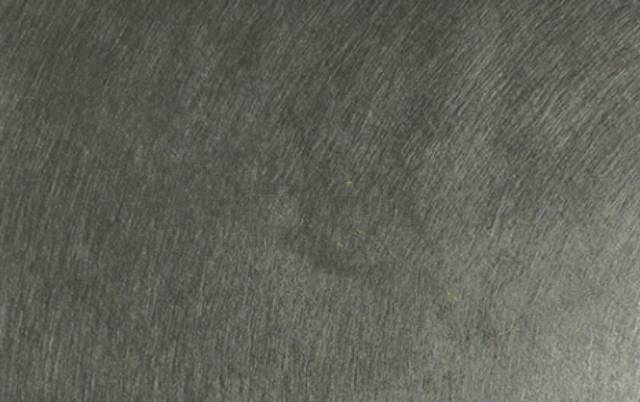
Technical specifications
| Properties | Unit | TGP-H-030 | TGP-H-060 | TGP-H-090 | TGP-H-120 |
| thickness | mm | 0.11 | 0.19 | 0.28 | 0.37 |
| Hydrophobic treatment | / | 5% Hydrophobic | Relatively hydrophilic (without hydrophobic treatment) / 20% hydrophobic optional | 5% Hydrophobic | 5% Hydrophobic |
| Bulk density | g/cm3 | 0.4 | 0.44 | 0.44 | 0.45 |
| Porosity | % | 80 | 78 | 78 | 78 |
| Surface roughness | μm | 8 | 8 | 8 | 8 |
| gas permeability | ml·mm/[cm2·hr·mmAq] | 2500 | 1900 | 1700 | 1500 |
| Resistivity (throughplane) | mΩcm | 80 | 80 | 80 | 80 |
| Resistivity (inplane) | mΩcm | / | 5.8 | 5.6 | 4.7 |
| vertical [room temperature] | W/[m·k] | / | [1.7] | [1.7] | 1.7 |
| In-plane[100℃] | W/[m·k] | / | 23 | 23 | 23 |
| In-plane expansion coefficient[25-100℃] | *10-/C | -0.8 | -0.8 | -0.8 | -0.8 |
| Bending strength | MPa | 40 | 40 | 40 | 40 |
| Flexural modulus | GPa | 8 | 10 | 10 | 10 |
| tensile strength | N/cm | / | 50 | 70 | 90 |
The products we show are available in different sizes and custom sizes are available on request.
Advantages
- High Conductivity: The carbon fiber component of TGP-H-60 paper results in excellent conductivity.
- High Strength and Compression Properties: Despite its thinness, the paper exhibits high strength and compression properties.
- High air permeability and porosity: The porosity of paper is as high as about 78%, and air can pass through easily.
- Corrosion resistance: Due to the high temperature treatment, the paper has excellent corrosion resistance.
- Smooth Surface: The distribution of carbon fibers in one direction provides a smooth surface with additional benefits such as reducing facial acne.
- Good uniformity and consistency: the performance of the paper is uniform and consistent, and the performance is reliable.
FAQ
What Are The Main Types Of Battery Materials?
The Difference Between Four Kinds Of Carbon Paper.
What Are The Applications Of Battery Materials?
How Do Battery Materials Enhance Battery Performance?
What Is The Role Of Polyethylene Separators In Lithium-ion Batteries?
Why Are Conductive Carbon Cloths/papers/felts Important In Battery Applications?
What Are The Advantages Of Using Aluminum-plastic Flexible Packaging Films For Lithium Batteries?
How Does The Lithium Cobaltate Material Contribute To Battery Performance?
What Is The Function Of Battery Internal Resistance Testers?
Why Are Nickel-aluminum Tabs Important In Battery Manufacturing?
4.8
out of
5
TGPH060 is a game-changer. Its superb durability and anti-slip properties make it an exceptional choice for diverse applications.
4.7
out of
5
I'm beyond impressed with TGPH060's UV and ozone resistance. It's a testament to its quality and longevity.
4.9
out of
5
The super clear and high transparent color of TGPH060 is simply stunning. It adds a touch of elegance and clarity to any project.
4.6
out of
5
The coating adhesive liner of TGPH060 is a lifesaver. It makes the installation process a breeze, saving me both time and effort.
4.8
out of
5
TGPH060's versatility is remarkable. From gasket making to medical applications, it excels in every field, making it an indispensable material.
4.7
out of
5
The high mechanical strength and low electrical resistivity of TGPH060 make it the perfect choice for fuel cell applications. Its reliability is unmatched.
4.9
out of
5
The smooth surface and uniform consistency of TGPH060 ensure flawless results every time. It's a dream material for precise and intricate projects.
4.6
out of
5
TGPH060's ability to repel water and other liquids is extraordinary. It's a game-changer for applications where waterproofing is crucial.
4.8
out of
5
The high conductivity and compression properties of TGPH060 make it an excellent choice for demanding electrical and mechanical applications. Its performance is truly exceptional.
4.7
out of
5
TGPH060's corrosion resistance is truly impressive. It withstands harsh conditions effortlessly, making it ideal for long-lasting projects.
REQUEST A QUOTE
Our professional team will reply to you within one business day. Please feel free to contact us!
Related Products
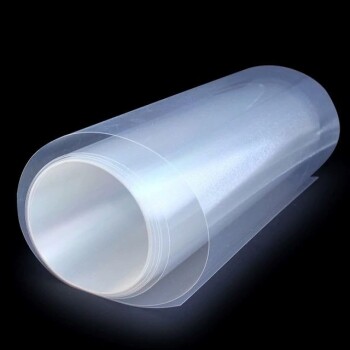
Proton Exchange Membrane for Batteries Lab Applications
Thin proton exchange membrane with low resistivity; high proton conductivity; low hydrogen permeation current density; long life; suitable for electrolyte separators in hydrogen fuel cells and electrochemical sensors.
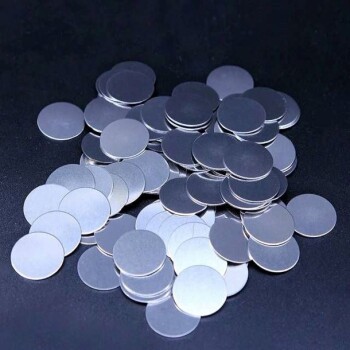
Button Battery Case Gasket for Battery Lab Applications
The gasket prevents the deformation of the internal material, and the spring sheet is conducive to the tight contact inside the battery to prevent loosening.
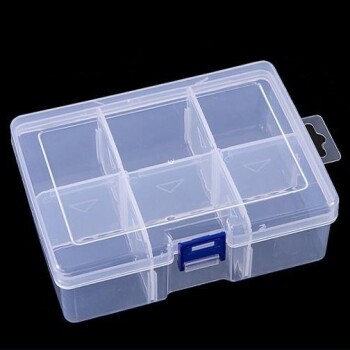
Button Battery Storage Box for Battery Lab
Button-type battery storage box, detachable, high-quality PP environmental protection material; suitable for small objects/chemicals, etc., thickened, compressive, durable, and available in a variety of styles.

Lithium Battery Tab Tape for Battery Lab Applications
PI polyimide tape, generally brown, also known as gold finger tape, high temperature resistance 280 ℃, to prevent the influence of heat sealing of soft pack battery lug glue, suitable for soft pack battery tab position glue.
Related Articles

All About ACTIVATED CARBON THERMAL REGENERATION
Introduction, method and selection of activated carbon regeneration

The Importance of Activated Carbon Regeneration in Water Treatment
In water treatment, activated carbon is often used as a means of removing unwanted contaminants, such as chlorine, chloramines, and organic matter, from drinking water and wastewater.

Application of Isostatic Graphite in the Photovoltaic Industry
An overview of the use of isostatic graphite in various stages of photovoltaic production and its market demand.

Carbon Coating for Surface Modification of Silicon-Based Materials in Lithium-Ion Batteries
This article discusses the application of carbon coatings to improve the performance of silicon-based anode materials in lithium-ion batteries.

Considerations for Evaporative Coating on Flexible Substrates
Key factors in successful evaporative coating on flexible materials, ensuring quality and performance.

Essential Equipment for Mass Production of Solid-State Batteries: Isostatic Press
Discusses the role of isostatic pressing technology in enhancing solid-state battery performance and production efficiency.